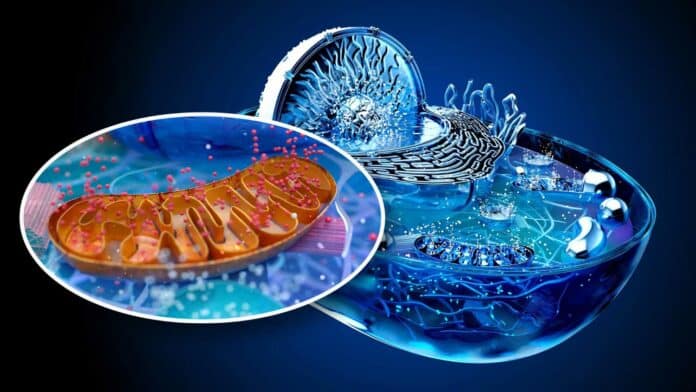When we encounter new experiences, our neurons undergo rapid remodeling for learning, known as synaptic plasticity. Mitochondria, acting like biological batteries, support this energy-demanding process. Mitochondria strategically anchor near synaptic sites for efficient energy supply. However, the mechanism behind this anchoring was previously unknown.
Scientists at Max Planck ID VAP as a molecular anchor stabilizing mitochondria near synapses, which is crucial for memory. VAP mutation linked to ALS, unveiling potential ALS research avenues. Published in Nature Communications.
Lead scientist of the work and Max Planck Florida Institute Research Group Leader, Dr. Vidhya Rangaraju, describes the implications, “While we started this study to understand fundamental properties of how memories are powered, our findings open important new directions for our research. We will investigate the cellular mechanisms of the cognitive symptoms that often occur with motor symptoms in ALS but have been severely understudied. We believe the tools and approaches that we have established will begin to shine light into this area.”
Stable mitochondria near synapses support dendritic synaptic plasticity, which is crucial for memory formation. Unlike axons, dendrites uniquely anchor mitochondria for local stability, ensuring efficient energy supply during structural and functional changes.
The team chemically marked outer mitochondrial proteins using a tool to find proteins anchoring dendritic mitochondria, revealing over 100 candidates. Focusing on those interacting with the actin cytoskeleton, crucial for synaptic structure, they identified a handful. Genetically removing these candidates showed their essential role in stabilizing mitochondria in dendrites.
The ALS-linked VAP protein stabilizes mitochondria, supporting synaptic plasticity. Removing VAP reduces mitochondria-actin interaction, shortening, and destabilizing dendritic mitochondria. Without VAP, mitochondria drift away from synapses, impacting structural changes in synaptic plasticity during memory formation.
The discovery of VAP as a mitochondrial anchor with roles in memory has implications for ALS research. A VAP mutation causes familial ALS, suggesting links between mitochondrial stability, energy support, and disease pathology. Driven by this finding, researchers aim to explore disruptions in brain function due to altered mitochondrial energy in ALS and other neurological disorders, seeking common mechanisms of neurodegeneration.
In conclusion, scientists pinpoint VAP as a crucial mitochondrial stabilizer linked to ALS, opening new research avenues.
Journal reference:
- Bapat, O., Purimetla, T., Kruessel, S. et al. VAP spatially stabilizes dendritic mitochondria to support synaptic plasticity locally. Nature Communications. DOI: 10.1038/s41467-023-44233-8.
